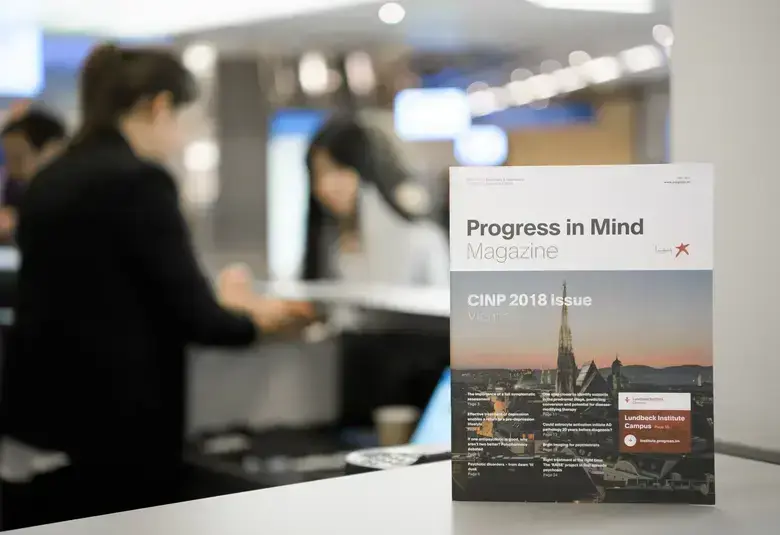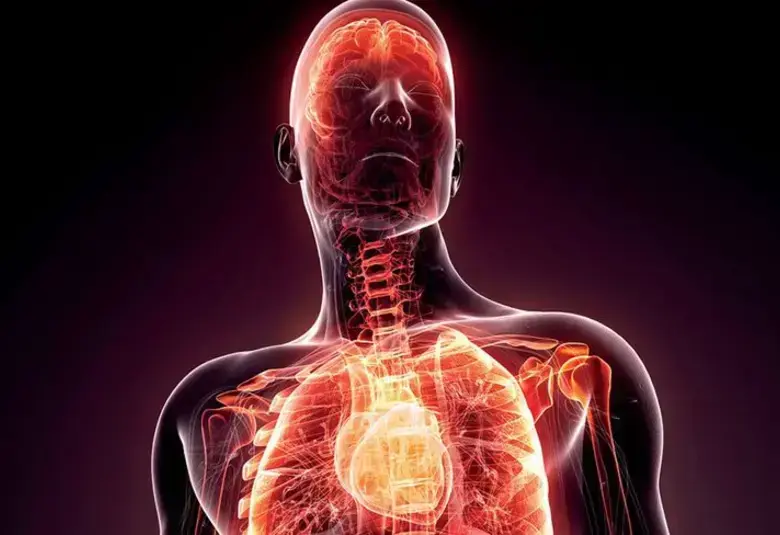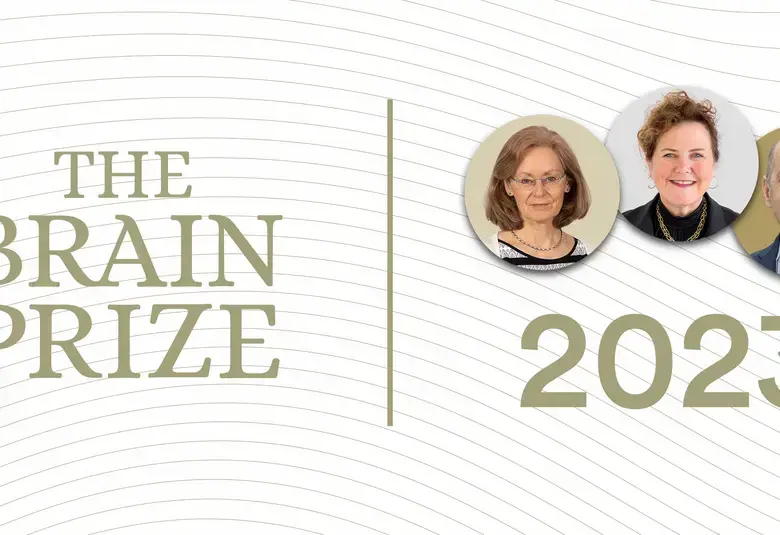In a symposium at CINP 2022 entitled ‘Strategies for Precision Prescribing in Psychiatry,’ Prof Siegfried Kasper (Department of Psychiatry and Psychotherapy, Medical University of Vienna, Austria) discussed strategies to try and alleviate treatment-resistant depression and Dr Chad Bousman (Department of Medical Genetics, University of Calgary, Canada), presented data regarding the use of pharmacogenetic testing to guide treatment choice in psychiatric conditions. Dr Miriam Schiele (Department of Psychiatry and Psychotherapy, University of Freiburg, Germany) highlighted her group’s work regarding epigenetics in obsessive-compulsive disorder and Prof. Nina Kraguljac (Department of Psychiatry and Behavioral Neurobiology, University of Alabama, Birmingham, USA) discussed her work on neuroimaging biomarkers in schizophrenia and how they related to treatment response.
Choice of therapy for treatment-resistant depression
As depression is a clinically heterogenous disorder1 and as few patients reach full remission with their initial treatment,2 antidepressant choice might, explained Professor Kasper, be best guided by depression subtype.3 Treatment strategies to help target all depressive symptoms include adding antipsychotics, benzodiazepines or mood stabilizers to antidepressants4 or combining antidepressants of different classes.5
Treatment-resistant depression (TRD) criteria includes nonresponse to ≥2 consecutive antidepressants taken with full adherence for ≥4 weeks at a sufficient dose.6 Those at risk for TRD include patients with severe and/or long-term symptoms, suicidal risks, a higher number of depressive episodes, comorbid anxiety and psychotic symptoms.7 Treatment options for tackling TRD include to first increase the dose, then, if there is an inadequate response, switch the antidepressant or combine it with another type of medication.4
Strategies for treatment-resistant depression including combining antidepressants or adding another psychiatric medication
New antidepressant classes in development include g-aminobutyric acid A receptor (GABAA) modulators,8 N-methyl-D-aspartate (NMDA) receptor antagonists or modulators9 and psychedelics.10 Professor Kasper noted that, as response rates are lower with each new line of treatment,11 many new antidepressants are the third line of treatment so true response rates may not yet be fully assessed.
Pharmacogenetic testing in psychiatry
According to Dr Bousman, antidepressant efficacy and tolerability can vary by the individual, necessitating precision prescribing strategies such as including pharmacogenomic information. Such information is collected on the Pharmacogenomics Knowledge Base (PharmGKB).12
Testing for certain genetic markers prior to drug prescription might lead to higher remission rates
PharmGKB data currently points to 34 gene-drug pairings for psychiatric medications. These have led to consensus recommendations to test for allelic variants of the genes cytochrome P450 (CYP) 2D6 for antipsychotics and antidepressants, CYP2C19 for antidepressants and CYP2C9, along with the human leucocyte antigen genes HLA-A and HLA-B, for mood stabilizers.13 There are indications, discussed Dr Bousman, that pharmacogenetic-guided prescribing leads to a higher likelihood of achieving remission.
However, implementation considerations, discussed Dr Bousman, include what test to use; what the clinical validity of a medication choice based on pharmacogenomics is;14 how feasible is it to test every person and what other factors are occurring that may influence a drug, such as the metabolic actions of another medication.15
Epigenetic predictors and signatures for therapy response in obsessive-compulsive disorders
Epigenetic mechanisms are biomechanical modifiers involved in how the genetic code is expressed. The major epigenetic mechanisms comprise histone modifications and DNA methylation.16
In obsessive-compulsive disorder (OCD), around 50% of patients are resistant to treatment with cognitive behavior therapy (CBT) plus pharmacotherapy.17 OCD relevant genes include those for the oxytocin receptor (OXTR). Hypermethylation in the body of this gene in patients with OCD compared to controls can lead to increased gene transcription and a potentially hyperreactive oxytocinergic system, associated with impaired treatment response.18 An epigenome-wide analysis of DNA methylation found nine hits not previously associated with OCD pathogenesis, mostly mapping to a particular micro RNA (microRNA12136).19
Epigenetic analysis might help predict response to OCD therapy
In another study, Dr Schiele measured monoamine oxidase gene (MAOA) methylation over a 10-week course of CBT and found that clinical improvements were accompanied by increases in MAOA promoter methylation.20 Further work showed that in the serotonin transporter gene SLC6A4, lower baseline methylation, resulting in gene activation, was also found to predict impaired CBT response.21,22
Neuroimaging biomarkers in schizophrenia and treatment response
Prof Kraguljac discussed unpublished data from his laboratory including patients with either unmedicated chronic schizophrenia or first episode psychosis (FEP) (Cohort A) or only medication-naïve patients with FEP (Cohort B). He showed that higher connectivity in the prefrontal cortex and temporoparietal junction was associated with better response to antipsychotic mediation in both cohorts.
In previous studies, greater baseline white matter integrity in Cohort A23 and baseline fractional anisotropy (a non-specific marker of neuronal integrity) scores in Cohort B24 also showed associations with better treatment response. Additionally, Prof Kraguljac’s group found significant differences in a marker of membrane turnover in the hippocampus and in N-Acetyl-L-aspartate (NAA, a marker of neuronal integrity) in the anterior cingulate cortex.25
Neuroimaging biomarkers may predict how the patients with schizophrenia would respond to treatment
In another study, in first episode patients with severe enduring negative symptoms (deficit syndrome), did not show differences in white matter glutamate levels, while those with non-deficit schizophrenia did. Additionally, in patients with non-deficit schizophrenia, higher NAA levels at baseline predicted a better treatment response, whereas there was no relationship for patients with deficit syndrome.26 This, Prof Kraguljac posited, suggests that schizophrenia is a heterogenous illness.
Our correspondent’s highlights from the symposium are meant as a fair representation of the scientific content presented. The views and opinions expressed on this page do not necessarily reflect those of Lundbeck.




